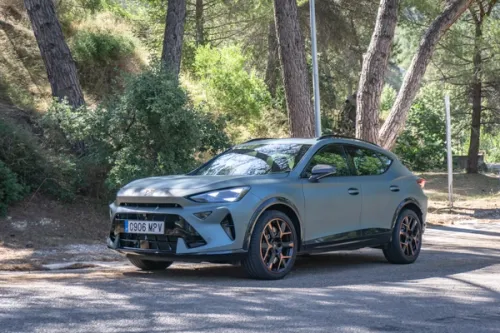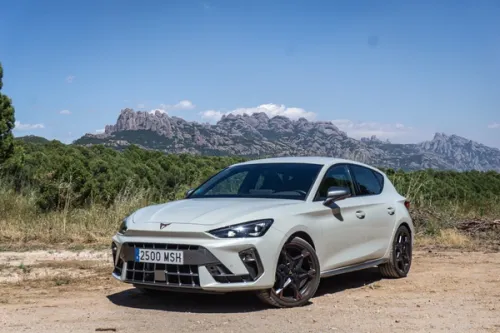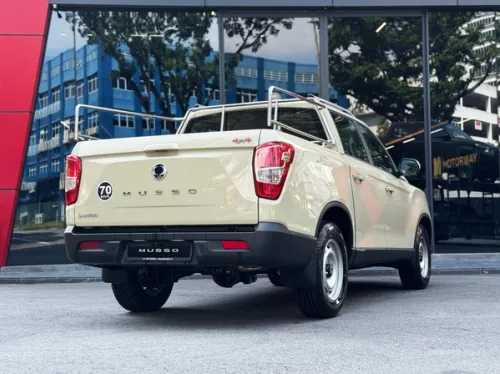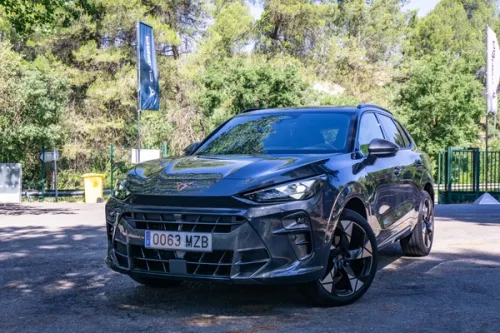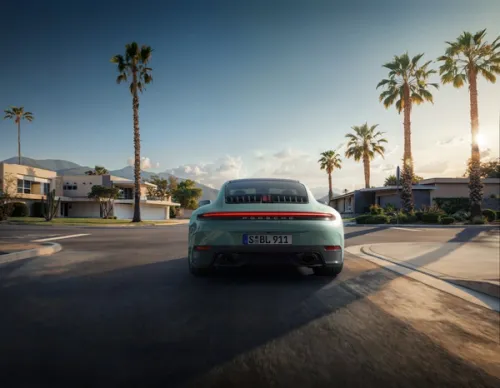Germany: Mercedes-Benz Vision S 500 plug-in Hybrid
Shortly after the successful market launch of the S 400 HYBRID, Mercedes-Benz will be presenting the Vision S 500 Plug-in HYBRID at the 63rd IAA in Frankfurt.


With CO2 emissions of only 74 grams per kilometre in the NEDC (New European Driving Cycle), the experimental vehicle developed in Sindelfingen demonstrates the long-term viability of future S Class generations.
The outstanding values are made possible by the combination of a plug-in hybrid with the efficiency-boosting BlueEFFICIENCY measures.
At the same time, the Vision S 500 Plug-in HYBRID has all of the strengths that are typical of the S Class: top comfort, outstanding safety and masterful performance.
The drive system in the concept car consists of three main components: a powerful V6 petrol engine with a next-generation direct injection system, a 44 kW/60 hp hybrid module and a lithium-ion battery with more than 10 kWh of storage capacity that can be recharged at charging stations. The Vision S 500 Plug-in HYBRID accelerates from 0 to 100 km/h in 5.5 seconds.
[B]Vision S 500 Plug-in HYBRID: Compact full hybrid system architecture[/B]
Whereas the extremely compact lithium-ion battery in the S 400 HYBRID (0.9 kWh) can be housed in the vehicle's engine compartment, the significantly higher-performing lithium-ion unit in the Vision S 500 Plug-in HYBRID (over 10 kWh) requires more installation space. The battery is located behind the rear seats in the boot.
The lithium-ion battery's location above the rear axle provides crucial benefits, since it ensures that the vehicle has a balanced weight distribution and that the petrol tank remains adequate for long-distance cruising. In addition, the protected position of the tank ensures it is as safe as possible during crashes.
[B]Electrical outlet as a filling station: Powerful plug-in battery[/B]
Another key difference between the S 500 Plug-in HYBRID and conventional hybrids involves the plug-in battery, which can be charged at charging stations, thereby enabling the S 500 Plug-in HYBRID to travel up to 30 kilometres on electric power. The rapid charge cycle takes less than 60 minutes with a charging capactiy of 20 kW. A standard charge cycle at a conventional household socket with 3.3 kW takes about four-and-a-half hours to recharge a completely discharged battery.
The total weight of the electrical components in the current experimental vehicle is 215 kilograms, whereby the lithium-ion battery weighs approximately 130 kg. That's much less than a conventional NiMH battery with the same capacity, as the weight of such batteries ranges from 180 - 200 kg.
The vehicle's hybrid module also provides additional energy when the car is in motion through regenerative braking - the recovery of energy when braking. Here, the clutch enhances efficiency as well, as it enables complete energy regeneration without engine drag losses.
[B]Range of up to 30 kilometres with all-electric driving[/B]
The high-performance battery and the 44 kW/60 hp hybrid module enable the vehicle to drive up to 30 kilometres purely on electricity. That is completely sufficient for many trips within cities, where the Vision S 500 Plug-in HYBRID is quick and very comfortable without producing any local emissions.
The petrol engine automatically adds its power to that of the electric motor when travelling at high speeds or driving up steep inclines. Before closing the clutch in such cases, the vehicle electronics synchronises the engine speed with the hybrid module's rotational speed so that the engine is activated extremely smoothly without the driver noticing.
[B]Extensive electronic safety and control components[/B]
The lithium-ion battery not only serves as an energy storage device for the electric motor in the S 500 Plug-in HYBRID; it is also linked via a DC-DC converter to the 12-volt on-board network, which provides power to standard consumers such as the headlamps and various comfort devices. To ensure a consistently high level of electrical efficiency, the voltage transformers are water-cooled via an additional low-temperature circuit.
[IMG]http://www.oneshift.com/showroom/uploadimages/resized-2009091504939751.jpg[/IMG]
Credits: JRC


Get the Best Price for your used car
from 500+ dealers in 24 hours

- Convenient and Hassle-Free
- Consumer Protection
Transparent Process
With No Obligation
